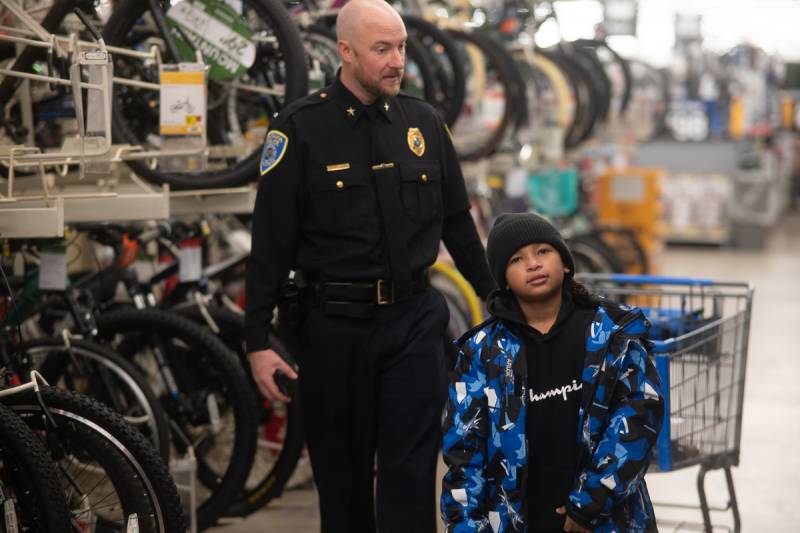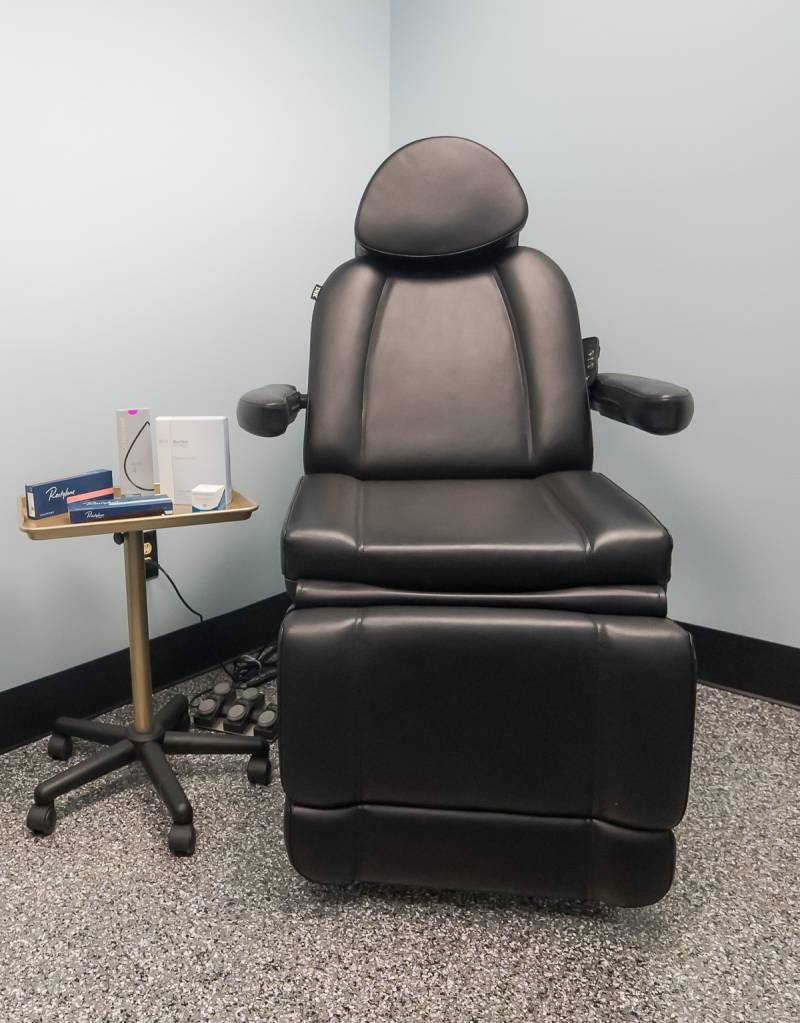Peter S. Celentano, Jr., 35, of Bergen, is charged with eight counts of criminal possession of a weapon 3rd, two counts of criminal possession of a firearm, and two counts of criminal possession of a weapon 4th. On Sept. 29 and 30, officers executed search warrants on the residence of Celetano in village of Bergen as part of a multi-agency investigation into the manufacture and possession of illegal firearms. Evidence was located at the residence as well as locations in Orleans County. The Sheriff's Office arrested Celetano on Dec. 4. He is accused of possessing large-capacity ammunition feeding devices, short-barreled shotguns, and 3D-printed firearm frames without serial numbers. Celentano was arraigned in Town of Bergen Court and ordered held on $10,000 bail or $20,000 bond. Celentano is being held on federal charges stemming from an arrest in October. He is accused of possessing AR-style receivers qualified as machine guns. He is also facing criminal charges in Orleans County following an arrest in November by State Police.
Tyler J. Bull, 22, of Medina, faces multiple unspecified charges following an incident reported at Alexander Central School on Dec. 4. Deputies responded to a 9-1-1 call at 6:02 p.m. The call reported a male assaulting a female in the parking lot. When school officials attempted to intervene, the male pulled out what appeared to be a handgun and menaced staff. When deputies arrived on scene, the male was taken into custody without incident. The female was known to the male. Deputies recovered a C02 air pistol. Bull was jailed pending arraignment.
Megan June Courtney, 28, of West Main Street Road, Batavia, is charged with grand larceny 4th. Courtney is accused of withdrawing funds from another person's credit card without permission on Nov. 30 at a location on Park Road, Batavia. She was issued an appearance ticket. Courtney was also arrested on Dec. 1 and charged with grand larceny 4th, unauthorized use of a motor vehicle, and petit larceny. Courtney is accused of stealing a credit card, money, and a vehicle in connection to a dispute with another person. She was held pending arraignment.
Timothy Gage Rathke, 24, of Lakeview Park, Rochester, is charged with criminal possession of a controlled substance, DWI, driving with a BAC of .08 or greater and drinking alcohol or using cannabis in a motor vehicle. Rathke was reportedly found by Deputy Jacob Kipler sitting in a parked car on the shoulder of Route 33 in Stafford at 12:57 a.m. on Dec. 2. Following an investigation, he was issued an appearance ticket.
Brennan Pearce Blowers, 36, of East Avenue, Batavia, is charged with DWI, driving with a BAC of .08 or greater, and failure to keep right. Sgt. Mathew Clor stopped Blowers at 12:44 a.m. on Dec. 2 on Genesee Street, Pembroke. Blowers was released on traffic tickets.
Zachary Ryan Eichenberger, 40, of West Main Street, Batavia, is charged with aggravated unlicensed operation 2nd and inadequate plate lamp. Eichenberger was arrested on Dec. 2 on a warrant issued by the Town of Bergen Court stemming from an incident on July 20, 2021. He was held pending arraignment.
Marshawn Jamal Singletary, 42, of Maple Street, Batavia, is charged with criminal possession of a controlled substance 3rd, criminal possession of a controlled substance 4th, and obstruction of governmental administration 2nd. Singletary was arrested on Nov. 29 a warrant issued by Genesee County Court. He was held pending arraignment.
Robert L. Drennen, 42, of Park Road, Batavia, is charged with petit larceny. Drennen is accused of attempting to steal a case of beer. He was released on an appearance ticket.
Veronica Garcia, 44, of Buell Street, Batavia, is charged with felony DWI, felony driving with a BAC .18 or greater, circumventing an interlock device, drinking alcohol or using cannabis in a motor vehicle, moving from lane unsafely. Garcia was stopped at 12:32 a.m. on Dec. 4 on East Main Street by Deputy Jacob Kipler. She was released on an appearance ticket.
Myejay Nasir Braction, 20, of Wyoming Street, Buffalo, is charged with criminal mischief 4th. Braction is accused of shattering the window of a cell door in the Genesee County Jail at 12:45 a.m. on Oct. 16. He was arrested on Dec. 4. He was arraigned on the charge in Town of Batavia Court.
James Carl Malone, 27, of Hopkins Street, Mount Morris, is charged with aggravated criminal contempt, endangering the welfare of a child, and harassment 2nd. Malone is accused of violating an order of protection during a disturbance reported at 9:22 p.m. on Dec. 7 at a location on Ellicott Street Road, Bethany. He is accused of slapping another person three times in front of three children. He was held pending arraignment.
Terrance Lee Falk, 26, of Rochester, is charged with criminal mischief 4th. Falk is accused of intentionally damaging the window of the Genesee County Jail at 3:15 p.m. on Nov. 30. He was issued an appearance ticket.
Brandon Ryan Fogg, 38, of Lyman Road, Byron, is charged with criminal possession of a weapon 3rd, menacing 1st, criminal possession of a weapon 4th, and obstruction of governmental administration 2nd. Fogg was arrested on a warrant issued in County Court stemming from an incident reported on Dec. 3 at a location on West Main Street, Batavia. Fogg was jailed and held.
Casey Thomas Vaughn, no age provided, of Prestige Xing, Batavia, is charged with aggravated criminal contempt, aggravated family offense, unlawful imprisonment 2nd, assault 3rd, and criminal contempt 2nd. At 11 p.m. on Dec. 3, deputies responded to a residence on Prestige Xing, Batavia, to check on the welfare of a female who was subject to a stay-away order of protection. Following an investigation, Vaughn was arrested and held pending arraignment.
Brandi Rose Hough, 29, of Park Road, Batavia, is charged with aggravated unlicensed operation 3rd, unlicensed operation, deposited refuse on highway, and uncovered cargo. Hough was arrested on a warrant issued by town of Stafford Court stemming from an incident reported at 6:03 p.m. on July 2 on Route 63, Stafford. Hough was held pending arraignment.
David Henry Kendall, 40, of Sierk Road, Attica, is charged with assault 3rd. Kendall is accused of punching the driver of a vehicle in the face at 9 p.m. on Dec. 10 at a location on Veterans Memorial Drive, Batavia, which resulted in a motor vehicle collision. Kendall was held pending arraignment.
Matthew J. Sanchez-Sanquiche, 28, of West Main Street, Batavia, is charged with assault 2nd. Sanchez-Sanquiche is accused of assaulting another inmate in the Genesee County Jail at 3:16 p.m. on Nov. 30.

























